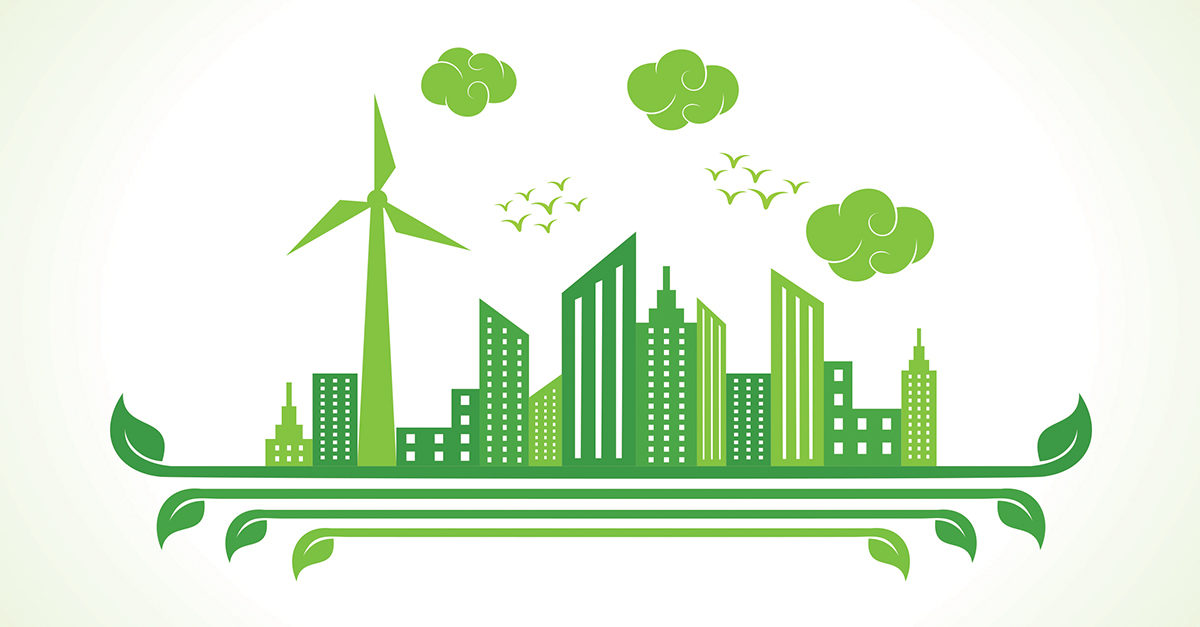In 2000, the U.S. Green Building Council (USGBC) established Leadership in Energy and Environmental Design (LEED) as a way to transform the building industry and to create a path toward improved global environmental and human health. The most widely used green building rating system in the world, LEED, works for all buildings at all phases of development and addresses a number of building components, from material selection to energy use to air quality.
The newest version of LEED —version 4—raises the bar on sustainability and pushes the green building industry even further. It represents the most innovative approach to integrating a building’s systems in order to ensure optimal standards in human health and environmental sustainability. While having a green cleaning policy has always been required in the LEED for Operations and Maintenance rating system—previously, having such a system in place afforded the facility “credits” toward being LEED-certified—implementing a high performance green cleaning plan will be mandatory in LEED v4.
Also new in LEED v4 is the option for the project to contract a cleaning vendor that is certified by either a Green Seal Standard for Commercial and Institutional Cleaning Services (GS-42) or the Cleaning Industry Management Standard-Green Building (CIMS-GB) from ISSA, the worldwide cleaning industry association. Both programs are designed specifically to train cleaning workers on green and sustainable cleaning practices and the proper use of environmentally preferable cleaning products.
Chemical Impact
An essential component of LEED is to transform the products and materials used in buildings and how they impact human health and indoor air quality. When you consider that we spend 90 percent of our time inside and the U.S. Environmental Protection Agency (EPA) estimates indoor air quality to be up to 10 times more polluted than outdoor air, the relationship between the indoor environment and the health and comfort of the building is extremely important.
In the context of cleaning, LEED rewards cleaning vendors who use products that are effective and have safer ingredients, like those certified by a third-party certifying body—such as Green Seal, Ecologo, or the EPA’s Safer Choice—as using safer cleaning alternatives reduces the environmental effects of cleaning products, disposable janitorial paper products, and trash bags. Conventional cleaners, when used over time, can build up and be present in the indoor air environment or transfer to building occupants via contact with fixtures and surfaces.
Prolonged and improper handling of cleaning chemicals can lead to an unhealthy working environment for both cleaning professionals and building occupants. These chemicals are harmful to the people who use them, and can seep into the water supply, which can have negative effects on wildlife and other natural resources. Under LEED v4, 75 percent of cleaning products used in facilities or chosen by contractors must meet the green performance threshold, which is an increase from 30 percent under LEED 2009.
Equipment Criteria
Similarly, the equipment used to clean a building can have a large impact on both cleaning staff and building occupants.
Conventional cleaning equipment can be noisy, inefficient, and even injurious due to poor ergonomic design. High-performance green cleaning equipment typically uses less energy and water, and often requires less abrasive cleaning compounds, thereby protecting the indoor environmental quality of a building and limiting occupants’ exposure to cleaning agents.
In addition, high-performance equipment may require fewer repairs, be more effective, and cause less damage to building surfaces. As part of LEED v4, at least 40 percent of all powered janitorial equipment that is purchased, leased, or used by contractors must meet the minimum performance criteria. For existing equipment that does not meet the criteria, facilities managers can implement a phase-out plan and replace the equipment with environmentally preferable products at the end of its useful life.
Rewarding Green
By rewarding green cleaning practices in LEED v4, USGBC is aiming to create healthier buildings for occupants and the environment and assess all aspects of the occupant and building health. To learn more about USGBC’s green cleaning policy or green training for contractors, trades, operators, and service workers, visit the USGBC website.


